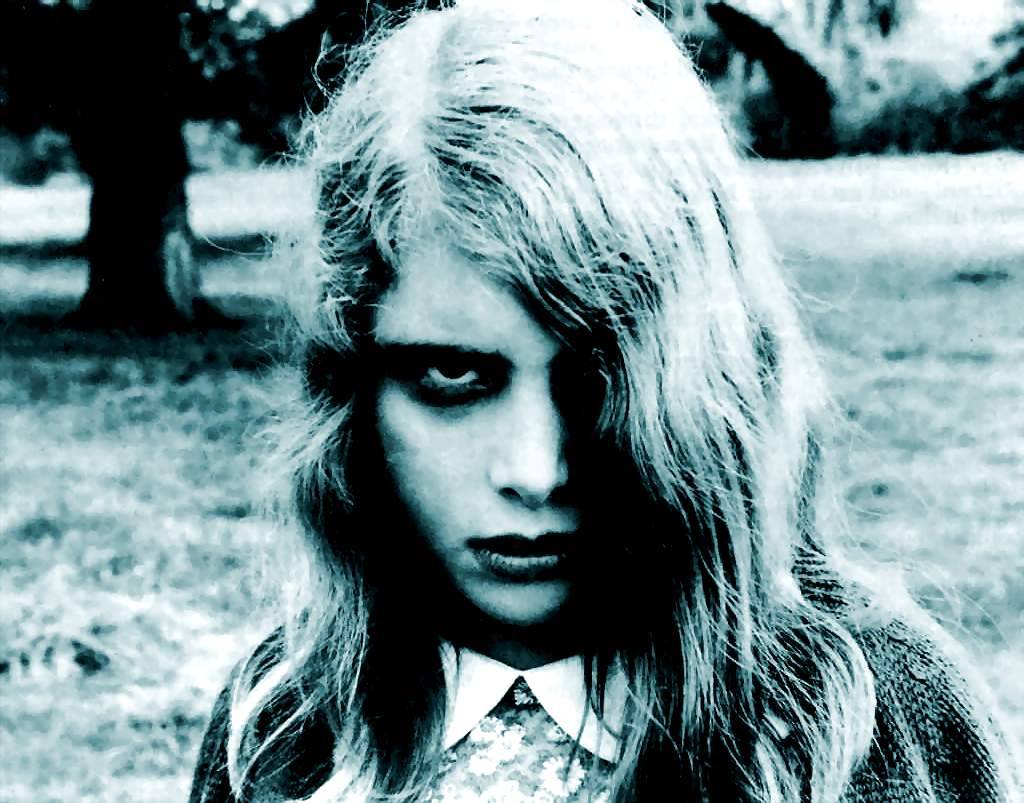 Night of the Living Dead
Night of the Living Dead
Film Friday
Many of my students are fans of zombie movies (of all things). The genre has, in fact, taken off in recent years—a sure sign that one can never predict which symbol systems are going to grip our minds from one moment to the next (and why movie making will always have an artistic component, no matter how formulaic is tries to become). So what does this genre tells us about ourselves? What does it mean?
Although I suppose the 1931 Frankenstein could be seen as a zombie movie, current zombie movies can be traced back to George Romero’s Night of the Living Dead—”the greatest movie ever to come out of Pittsburgh,” as someone once quipped. In that film, radiation (it’s always radiation) starts raising corpses from the dead, and these proceed to attack and feast upon the living.
The film was noteworthy for a number of reasons, including it’s unsentimental handling of its African American hero. He manages to organize a group of people against a zombie attack and to survive the night, only then to be mistaken for a zombie himself the following morning and shot by a good ol’ boy vigilante.
The film came out during the nightmare year of 1968, which saw Vietnam’s Tet offensive, the assassinations of Martin Luther King and Bobby Kennedy, race riots in Washington, the worker-student uprising in France, the Soviet suppression of the Prague Spring, riots during the Democratic National Convention, and the election of Richard Nixon. The film marked a new milestone in the history of horror because suddenly the horror seemed to strike from within rather than from without. No longer were creatures from the Black Lagoon and invaders from Mars attacking us. Suddenly it was our own family members.
Maybe the most horrifying scene in the movie involves a family of three that have selfishly locked themselves in the basement (which means that no one else can go there to be safe). The little girl is sick and, in the course of the night, she dies—at which point she becomes a zombie and proceeds to kill her parents. The drama touched upon the “generation gap” of the time in which parents and children found themselves in almost epic combat.
The film raised issues of white-on-black violence as well. Although the shooting of the black man is unintentional—the killer thinks he is a zombie—the fact that he can’t tell is significant. Zombies are human beings turned into the threatening other, which of course is what racism is all about.
So why do students today flock to such films as 28 Days Later, Quarantine, Dawn of the Dead, and the black comedy Shaun of the Dead? I think it’s a reaction to their sense that society treats them as creatures who can’t think for themselves but can be herded—whether by Madison Avenue or school authorities or unscrupulous politicians. Often these films involve television or shopping malls or celebrity culture, all sites where there is a high degree of manipulation.
The plots aren’t complex. They usually just involve lots of gory zombie attacks and lots of killing. There is a dual identification in the films, I suppose: on the one hand, the students feel that they themselves are seen as, and are being turned into, zombies. While they like to think of themselves as individuals, deep down they realize that they can be tricked into buying certain things and behaving certain ways and voting for certain candidates. I suspect that my students sense a kind of deadness within, as though the desires that are being planted within them aren’t genuine. The hidden persuaders (to use Vance Packard’s 1957 phrase) have managed to colonize their interiors, and they feel violated. The violation is graphically depicted through graphic images of zombies feasting upon their victims.
But if you are a young person whose identity is still in formation, part of you rebels. My students identify with those that are being attacked. Their anger finds vent in the bloody killing of zombies. In one zombie film (Dawn of the Dead, I think) a sharpshooter has fun picking off former celebrities (now zombies) from the roof of a shopping mall. Now there’s a fantasy for you!
Packard had 1950’s America up in arms by describing how Madison Avenue reshapes our desires. What has changed since then? Now we accept this as the way the world works.
There’s a kind of fatalism in zombie movies, as though my students know that it’s only a matter of time before they become zombies themselves. They can engage in fantasies of fighting back, but even these occur within mass marketed movies that have figured them out. I think one reason why humor (of the blackest sort) has become associated with the genre is that young people feel that it at least keeps them human. If they are laughing, the zombies haven’t entirely won.